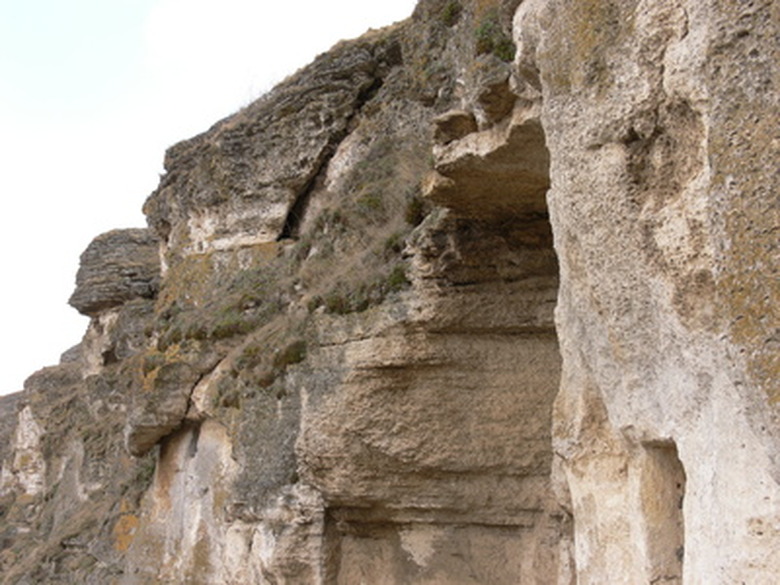Soil pH Factors In Texas
Soil pH measures potential hydrogen on a scale of 1 to 14 with 1 being extremely acidic and 14 being extremely alkaline. Gardeners and landscapers must know the pH of soil to make proper plant selection and identify amendments to correct pH to neutral (pH of 7) or slightly acidic. The best way to know the pH of soil requires analysis by a soil-testing laboratory. State land-grant universities and private labs offer soil testing for a small fee. Texas soil pH values range from acidic in southeast Texas to neutral or slightly acidic in East Texas and to alkaline in Central and West Texas.
Parent Material
Weathering rocks provide the parent material for Texas soil. Small pieces of rock break-off larger ones that combine with decaying plant and animal material producing soil over thousands of years. In West Texas over geological time, limestone deposits from inland seas followed by drying rivers increased the pH of the soil in Central and West Texas.
- Soil pH measures potential hydrogen on a scale of 1 to 14 with 1 being extremely acidic and 14 being extremely alkaline.
- Gardeners and landscapers must know the pH of soil to make proper plant selection and identify amendments to correct pH to neutral (pH of 7) or slightly acidic.
East Texas and Southeast Texas on the other hand received deposits of sand, silt, and organic materials from the Cenozoic Mississippi River giving that area the basis for neutral to slightly acidic soil pH.
Rainfall
Over hundreds of years, areas that receive in excess of 30 inches of rain per year tend to have lower pH soils. Therefore, East Texas with annual rainfall totals close to 40 or more inches per year has acidic soils whereas West Texas with rainfall rates between 10 and 20 inches has soils that are more alkaline. Heavy rainfall causes soils to become acidic because large amounts of running water leach calcium, magnesium, and potassium from the soil replacing them with aluminum and hydrogen.
Amendments
Fertilizers containing ammonium sulfate, aluminum sulfate or ammonium nitrate decrease soil pH. Fertilizers with calcium nitrate, potassium nitrate, or ammonium nitrate increase or have no effect on soil pH. Adding organic materials such as pine needles or peat moss to soil decreases pH. Adding ground limestone increases soil pH while adding sulfur decreases pH. Because changing soil pH progresses slowly, make annual soil amendments especially if your garden contains Texas' clay soil.
- East Texas and Southeast Texas on the other hand received deposits of sand, silt, and organic materials from the Cenozoic Mississippi River giving that area the basis for neutral to slightly acidic soil pH.
- Over hundreds of years, areas that receive in excess of 30 inches of rain per year tend to have lower pH soils.
